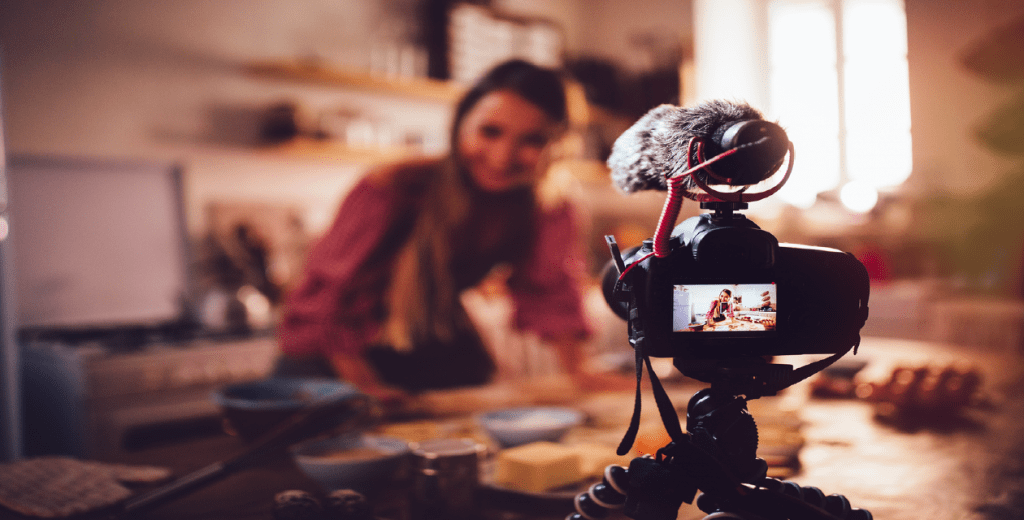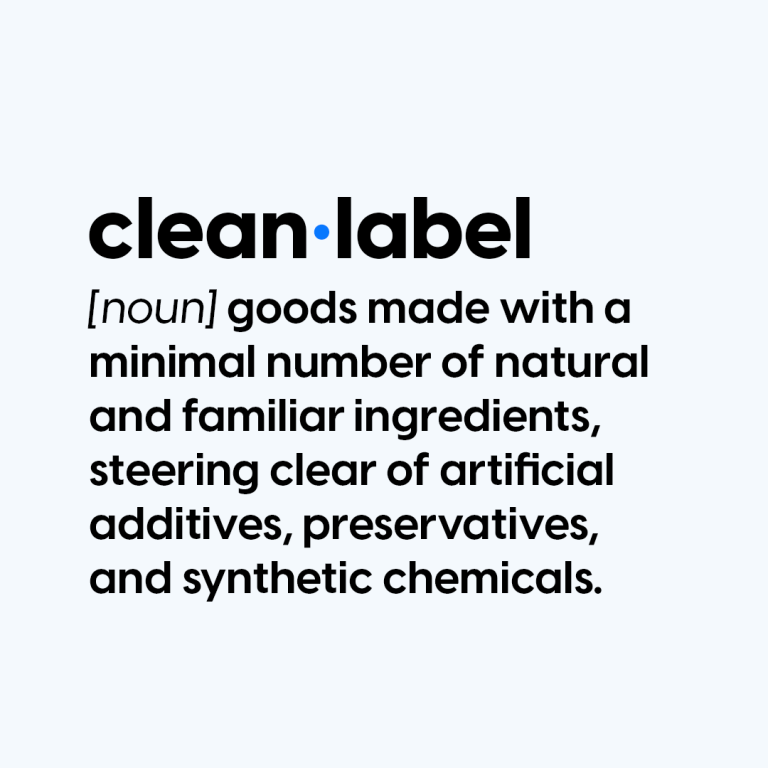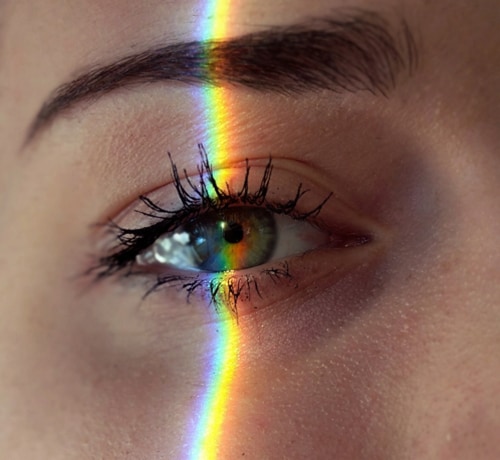
There is nothing more satisfying than watching a video of delicious, drool-worthy food when it pops up on your screen. Whether it’s a melty cheese pull or watching a chef who’s mastered challenging culinary techniques, a video recorded through an artistic lens will leave your mouth watering. Have you ever wondered what it takes to create a trending top-down recipe clip on TikTok or how a fast-food restaurant makes their burgers and fries look impeccable in every commercial? Sharpen your skills by diving into the facets of food videography.
1. Get the Right Equipment
To bring your vision to life on screen, it’s imperative to have access to the right equipment. Unlike photography, videography is about capturing movement and, often, audio all in the right sequence and at the right pace. Sometimes capturing the correct moment can take multiple tries and, unlike a photo, you typically have to restart the entire process to get the desired outcome. Without the best tools for the job, this process can easily become time consuming and expensive, especially when you account for food waste and models on set.
If you’re purchasing or renting equipment for a food video, the first thing you will need is a good camera with a zoom lens to capture video footage from different angles and focal lengths while maintaining consistent lighting. To capture overhead and higher-positioned shots, look into getting a sturdy tripod with a boom arm or c-stand. If you’re shooting overhead shots, it helps to have an HDMI cable connected from the camera to a TV or an external monitor so you can see what you’re capturing in real time.
2. Lighting is Key
Whether you are shooting cooking videos or a slow-motion three-second GIF, lighting is key to adding depth to your content. When shooting product videography, it’s important to have the proper lighting to highlight the product and its packaging. If you have a glossy package versus a matte-finished package, your lighting will need to be adjusted properly to avoid harshness and distorted color.
In addition to capturing the product in the most attractive way, lighting can also help convey important product attributes. For example, if you want to portray that the product is a healthy meal solution, you may opt for bright light, whereas a heartier meal may have a darker tone to it.
While purchasing high-quality lights will enhance a variety of your videos, natural light is often the best tool in your toolbox. Natural lighting adds a more personalized and warm touch to the video that can’t easily be replicated, so consider shooting food videos at specific times of the day for optimal lighting. If natural light isn’t an option, consider using LED lighting to shoot light through a big diffuser or a soft box. This technique works to create cascading soft shadows on your subject.
3. Use the Power of Audio
In many cases, audio makes video more memorable. Why? It can be disruptive—in a good way. With cooking videos, you can see a variety of audio types from autonomous sensory meridian response (ASMR) to catchy music in the background. It all depends on your content and its purpose. If you are recording your own audio, you will need to subscribe to a program like Adobe Audition CC, to properly balance and layer sounds within your audio.
4. Editing Software
Like Adobe Audition CC, video editing software tools like Final Cut Pro and Adobe Premier Pro can help elevate your video content. Just like photography, cleaning up video footage is vital to making your food pop! From blurring the background to slowing the video, the editing stage is key to creating unique content for your brand.
5. Be Social Media Ready
Uploading your content to platforms like TikTok, YouTube, Instagram, and Facebook are great ways to generate engagement among your target audience. With social media, it is important to grab the user’s attention within the first five seconds. Think about food videography from the context of your own experience, what makes you stop scrolling and why?
Regardless of the content you create, remember to create various versions to match the platform’s proper aspect ratios. The most common aspect ratio for social media videography is landscape on YouTube, 16:9; square on Instagram and Facebook, 1:1; and full vertical, 9:16 on TikTok and Instagram.
Ready to elevate your content with food videography?






